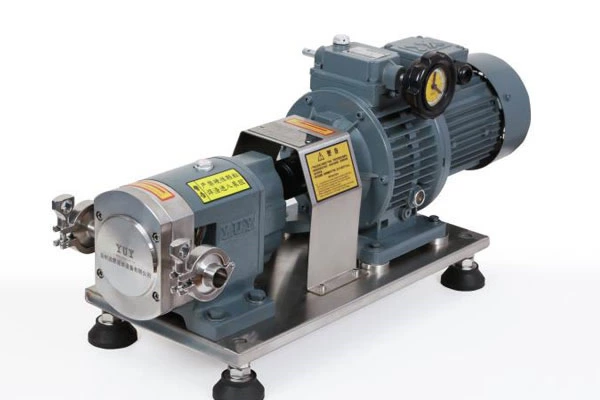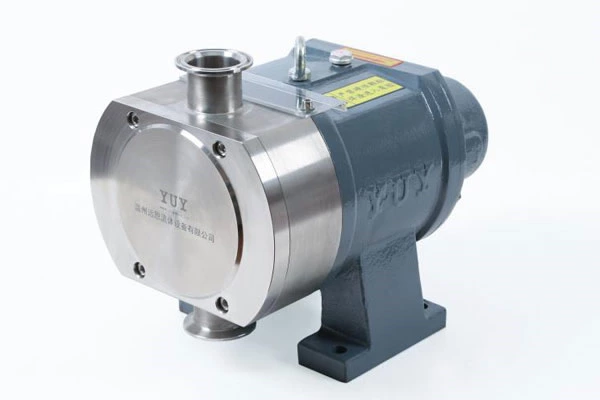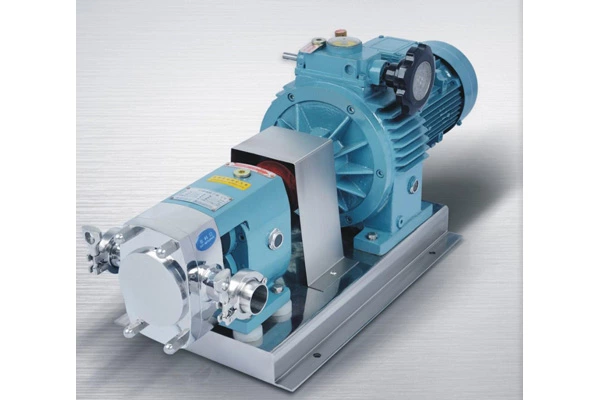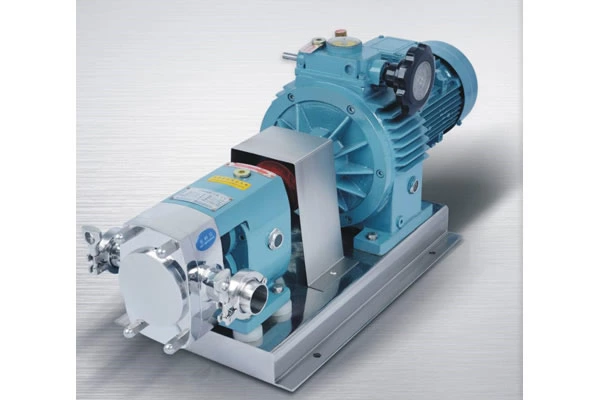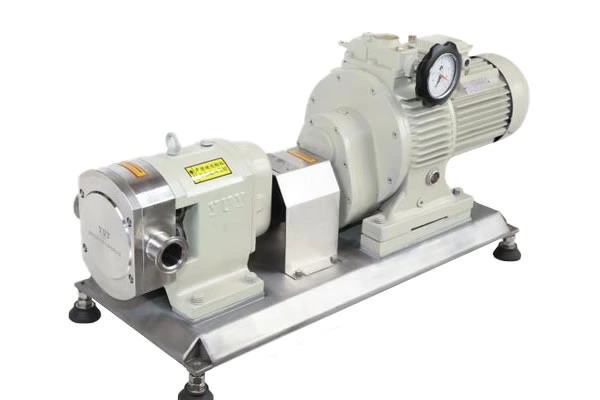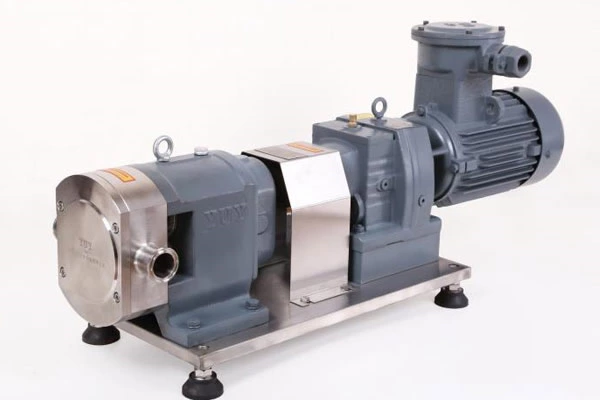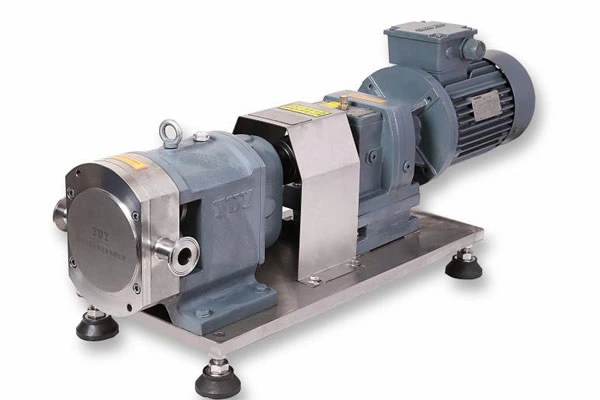Common Failures And Preventive Measures Of Automatic Valves Of Sanitary Rotary Vane Pumps
Common faults and preventive measures of Sanitary Rotary Lobe Pump automatic valves
Fault 1: valve is blocked. Reasons include: ① The control channel is blocked by debris (the channel is small and easy to be blocked); ② The piston is stuck in the highest position due to rust stains; although the upper part is under force, it cannot move downward, and Botaibang cannot open the main channel. Therefore, a filter must be installed in front of the piston pressure reducing valve; for newly installed or long-term decompression valves, they must be disassembled for inspection and cleaning.
Fault 2: The valve is straight through and does not have a decompression effect.
Reasons include: ① The piston is stuck at a certain position (not the highest position); ② The main valve handle is stuck at a certain position (not the tight position) of the cylinder plate guide hole; ③ The lower spring of the main valve disc is broken or failed; ④ The pulse valve handle is stuck at a certain position in the valve seat hole (not the tight position), so that the piston is always under pressure; ⑤ There is dirt stuck or scratches between the two sealing surfaces of the main valve disc and the main valve seat; ⑥ The diaphragm fails due to fatigue or damage. For pressure reducing valves, sanitary rotary vane pumps should emphasize regular inspection. If dirt or rust is found, it should be removed in time; if the piston ring is damaged, it should be replaced; if the spring is invalid, it should be replaced with a usable one; if the sealing surface is not tight, it should be re-grinded; if the diaphragm is not working, it should be replaced; if the valve handle is confirmed to be coarse after use, it should be polished with sandpaper.
3. The pressure after the valve cannot be adjusted.
In addition to the above reasons, there are: ① The adjustment spring fails; ② The cap joint leaks and cannot maintain pressure. Imported metering pump
This also needs to be prevented by timely inspection and treatment. In addition, there is another phenomenon that the pressure pulse after the valve fluctuates and is extremely unstable. This is because the difference between the input medium and the output medium is too large, and a valve with a corresponding valve diameter should be re-selected. Another reason for the unstable pressure after the valve is the improper selection of the regulating spring; there are several types of regulating springs for a nominal pressure reducing valve, for example, the nominal pressure is 16 kg/cm2, and the regulating springs are 1-3 kg/cm2, 2-8 kg/cm2, and 7-11 kg/cm2. If the pressure after the valve is only 1-3 kg/cm2, but the spring is 7-11 kg/cm2, the pressure after the valve cannot be adjusted accurately.
One of the faults of the spring-type safety valve is leakage on the sealing surface.
The reasons are: ① There are debris between the sealing surfaces; ② The sealing surface is damaged. This kind of fault should be prevented by regular maintenance.
The second fault is low sensitivity.
The reasons are: ① Spring fatigue; ② Improper use of the spring. Spring fatigue should undoubtedly be replaced. Improper use of the spring is that the user does not pay attention to the spring-type safety valve with a nominal pressure, and there are several pressure sections, and each pressure section has a corresponding spring. For example, a safety valve with a nominal pressure of 16 kg/cm2 has a pressure range of 2.5-4 kg/cm2 and is equipped with a spring of 10-16 kg/cm2. Although it can be opened, it fluctuates and is not very sensitive.
Common faults of non-return valves or check valves include: ① broken valve disc; ② backflow of medium. The reason for the broken valve disc is that the pressure of the medium before and after the check valve is close to balance and "saws" each other, and the valve disc often hits the valve seat, and the valve disc made of certain brittle materials (such as cast iron, brass, etc.) is broken. The prevention method is to use a check valve with a ductile material for the valve disc.
The reasons for the backflow of the medium include: ① damage to the sealing surface; ② impurities are inserted. The sanitary rotary vane pump can prevent backflow by repairing the sealing surface and cleaning impurities. The above description of common faults and prevention methods can only serve as inspiration. In actual use, other faults will be encountered. To actively and flexibly prevent the occurrence of valve failures, the most fundamental one is to be familiar with its structure, material and action principle.
